Written by Kelvin Archer (Forestry and Conservation Manager, Lowther estate)
The Lowther Estate (Lowther Farming Partnership) is undertaking an ambitious landscape-scale afforestation and habitat restoration project across its 44,000 hectares in Cumbria. Central to this initiative is the strategic use of natural capital, combining government grants and private finance to support its bold vision. This approach focuses on ecosystem service payments, such as Biodiversity Net Gain (BNG), Nutrient Neutrality Units (NNU), and carbon credits, alongside existing government funding schemes.
A key project within this framework is the creation of Lady Beck Woodland, a 45-hectare native woodland scheme located north of Askham village and southwest of Penrith. The scheme aims to protect Lady Beck, which flows through the centre of the project area and adjoins the SAC- and SSSI-designated rivers Eamont and Edan.
The project is situated on fields with impeded drainage within the Lower Valley, which, until 2015, were managed under a rotational system of arable farming and dairy grassland grazing.
Following 2015, the land was transitioned into a more intensive dairy farming system, with 300 head of cattle grazing as permanent grassland. It became evident that these dairy practices negatively impacted the beck and connected water systems. In response, buffer planting and exclusion fencing were put in place. However, while these measures were the best and most economically feasible options at the time, they did not align with the estate’s broader objectives of long-term water and habitat protection.
In 2022, changes to planning regulations introduced "Nutrient Neutrality Notifications" for Local Planning Authorities in Cumbria, which required careful consideration of planning applications that affect habitats in an unfavourable condition. These new regulations mandated the mitigation of nutrient and phosphate impacts on watercourses from construction projects, ensuring no adverse effects on protected sites under the Conservation of Species and Habitats Regulations 2017 (as amended).
The response has been the deployment of Nutrient mitigation units, allowing landowners to deliver an ecosystem service to mitigate the impact of development. This action must be undertaken in perpetuity, meaning a commitment of at least 125 years, and involves, regarding Lady Beck, the full succession of agriculture and any actions that impact phosphates on the land.
This regulatory change presented Lowther with an opportunity to pilot a ‘stacking’ model, combining NNu with England Woodland Creation Offer (EWCO) through the creation of native woodland. This approach not only addressed the impacts on Lady Beck and the surrounding rivers, Eamont and Edan but also attracted private finance through the mitigation market and existing grant systems.
As part of this strategy, the land around Lady Beck is being managed as natural capital, with a focus on water protection. This marked a shift away from detrimental agricultural practices and towards the diversification into the provision of ecosystem services and nature protection, aligning with the estate’s long-term environmental goals.
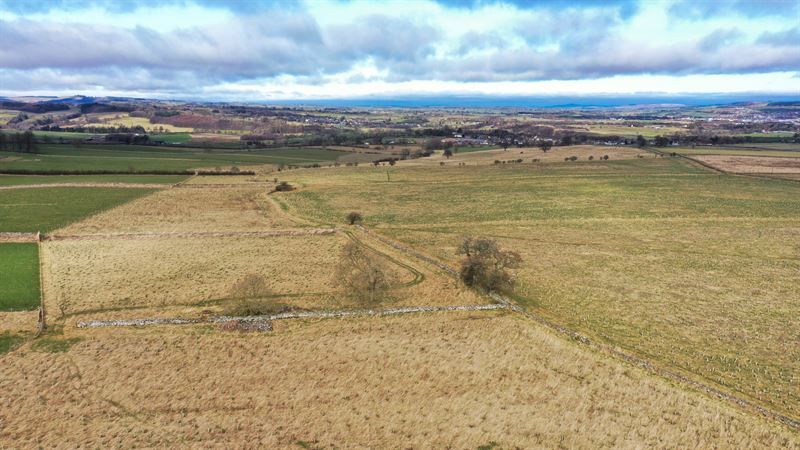
Delivery
Lady Beck is situated within core soil type 17, characterised by clay soils with impeded drainage and regarding Lady beck, sloping towards the beck, making it eligible for phosphate mitigation. As a result, we have defined the project boundary to include this core impeded land, as well as the adjacent land sloping towards the beck.
In addition, it is important to establish the historical land use. For Lady Beck, the land is considered high impact due to its previous use for dairy farming. To assess this, a 10-year land audit is carried out using BPS (Basic Payment Scheme) or farm records, ensuring a thorough understanding of the land’s historical use.
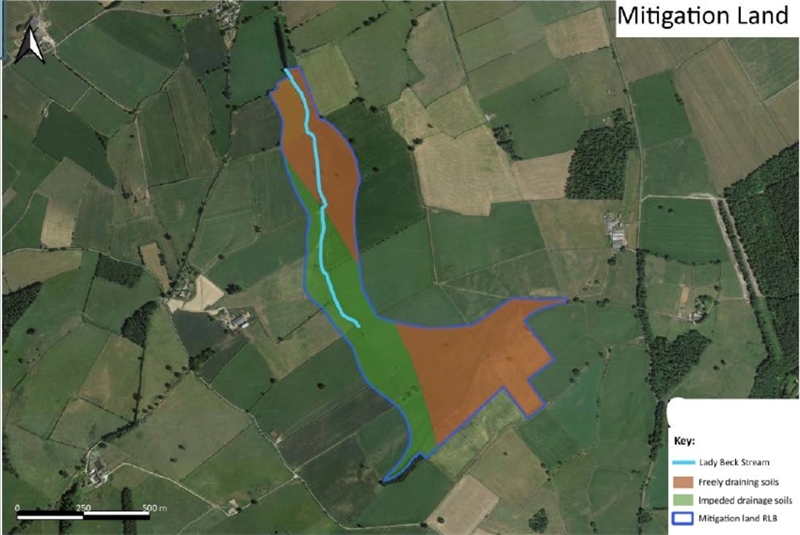
*Impeded drainage, which covers circa 18.13ha of land/freely draining soils which covers circa 28.02ha of land
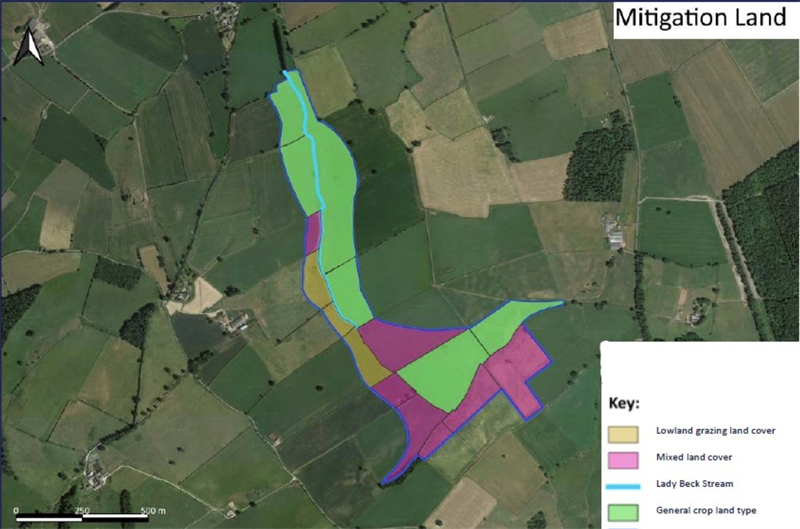
5.3ha of lowland grazing - Agricultural areas on which cattle, sheep and other grazing livestock are farmed. A holding is classified as lowland if less than 50 per cent of its total area is classed as a lowland grazing area.
15.9ha of mixed land - Agricultural areas in which none of the above categories are farmed or where it is too difficult to select a single category to describe the farm type.
23.8ha of general land - Agricultural areas on which arable crops (including field-scale vegetables) are farmed.
Once the soil type and land use have been established, it is essential to verify the calculation of phosphate runoff. Ground truthing is necessary to confirm the soil types to accurately define phosphate runoff, and, where required, water samples should be collected for analysis. Due to the complexity of the process, it is recommended that a third-party expert carry out these calculations to ensure both the accuracy and transparency of the data.
Once the data has been collected and verified, it is input into the Natural England (NE) nutrient calculator, which determines the phosphate runoff. This approach ensures a robust, scientifically sound assessment, with independent oversight, providing reliable and transparent results for effective phosphate mitigation.
The Lady Beck project presented promising mitigation capacities.
- Mixed land cover has a leachate rate of 1.45kgP/ha/year,
- General crop is 0.93kgP/ha/year,
- Lowland grazing leachate rate is 1.01kgP/ha/year.
Giving the total land area, a phosphate mitigation value of 50.53kg per year was defined, creating up to 50 Nutrient neutrality units or phosphate units.

The landowner must also submit a detailed management plan to ensure the successful delivery and long-term protection of phosphate mitigation over the 125 years. Lowther has met this requirement by mitigating 50 units by creating a native woodland, which enhances habitat, biodiversity, and water quality. This woodland was designed not only to support ecological health but also to promote sustainable land management.
A key feature of the woodland design is Continuous Cover Forestry (CCF), a method already employed across Lowther’s 1,600ha of woodlands. This ensures the woodland will be managed for both biodiversity and the future production of high-quality timber, including Oak, Sycamore, and Beech, which are in demand in timber markets.
The Woodland Creation Planning Grant and the England Woodland Creation Offer supported the woodland creation project, resulting in a total value of £12,018 per hectare. This includes maintenance payments over the 15-year EWCO agreement period, ensuring the woodland remains well-managed.
To manage the risk of payments for shared outcomes and following discussions with the relevant bodies, the EWCO Additional Contributions (ACs) for water quality were deemed ineligible for payment. Since the NNu mitigation was linked to the improvement of water quality, this resulted in a reduction of the grant value by £940 per hectare. However, this approach ensured compliance and transparency regarding actions related to both NNu and EWCO, the project remained eligible for and successfully claimed ACs for Nature Recovery, as the NNu is sole concerned with the mitigation of water impacts.
Lowther’s approach successfully balances ecological restoration with the potential for future timber income, creating a long-lasting environmental and financial legacy while fulfilling phosphate mitigation commitments and tapping into private financial markets.
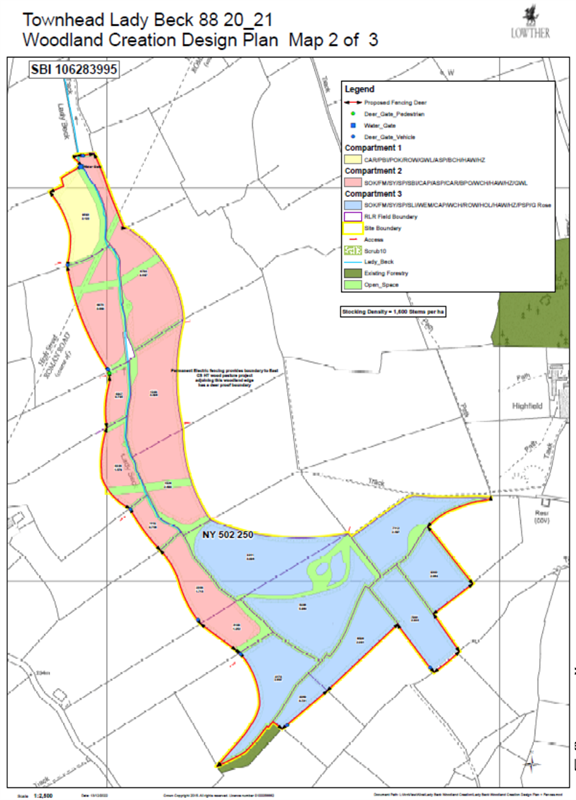
In conclusion
Integrating NNu with EWCO to deliver the Lady Beck project has demonstrated significant potential in leveraging ecosystem services for financial advantage.
With the current market value of a phosphate unit at £35,000, the average value of the Lady Beck project has released an additional £40,000 per hectare. This value could increase further as NNu units are split and sold across different development projects and on short or long-term agreements.
This pilot scheme to stacking NNu and EWCO has been highly successful, resulting in a >300% increase in the value per hectare of woodland creation schemes, delivering up to £50,000 per hectare while also removing 50kg of phosphates from the river systems annually and establishing valuable native woodland.
As of 2025, Lowther has issued 9 units to release developments in the local region and is in advanced discussions for the remaining 41 units, showcasing such schemes' growing interest and financial viability.
However, while the success at Lowther is promising, it requires specialist expertise and professional capacity to deliver these schemes effectively and limited information and guidance exists to navigate such a project. Additionally, land committed to such agreements will be under a binding contract for 125 years, ensuring long-term responsibility for environmental outcomes.
Despite the market still being in its early stages, the potential for generating substantial income through ecosystem services points to a promising future for these types of projects.
The exercise was deemed an overall success for multiple reasons-
- An increase of 351% per hectare value within a woodland creation project.
- Facilitation of development, meeting confidently the charges presented in 2024 Planning Reform Working Paper: Development and Nature Recovery
- Creation of a woodland in the Lowther Valley, which has attached funding to support its management beyond the 15year maintenance payments in EWCO
- Early proof of payments for ecosystem services as a working model for the landowners
- Presented an opportunity for the landowner to diversify an existing business model.
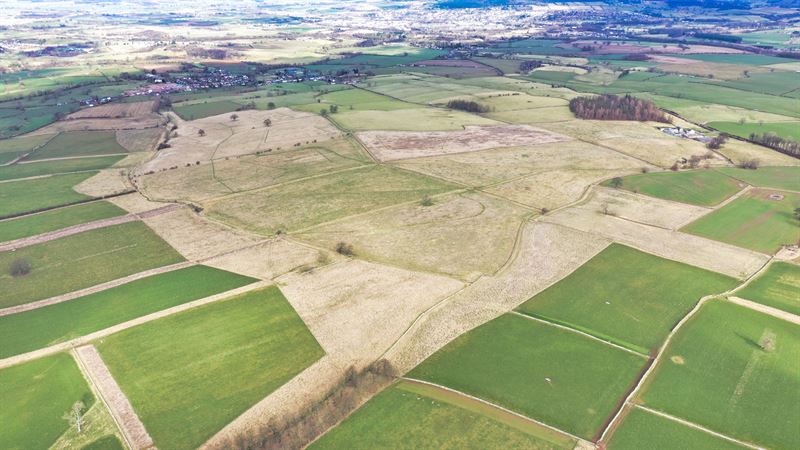
The case study, written by Kelvin Archer (Forestry and Conservation Manager, Lowther estate) has been developed by Cumbria Woodlands under the Woodland Futures project which is funded by the Department for Environment Food and Rural Affairs (Defra) via the Heritage Lottery Fund (HLF) with match funding for parts of the project from the Woodland Trust.